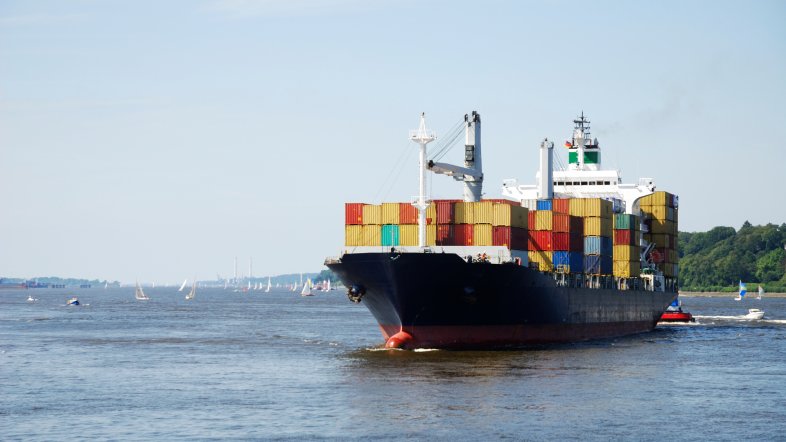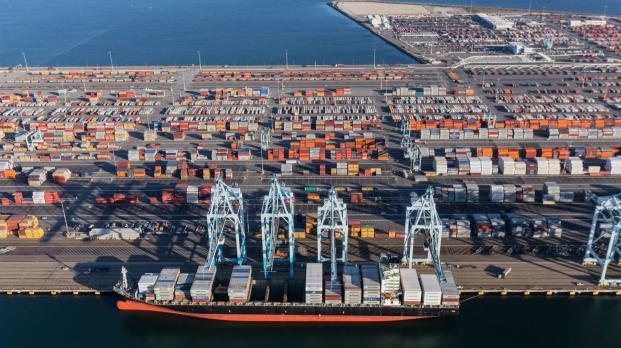
Over the last two years, logistics providers and their clients have seen an exceptional ocean freight market tied to the global impact of COVID-19. As we close out the 2022-2023 ocean freight bid season, it’s clear that what moved the market then is not what moves the market today as it relates to forecasting, volumes, rates, and more.
When reviewing the state of the ocean market in a post-bid season environment – and looking ahead for the rest of the year – there are various key factors that logistics providers are encouraging their clients to focus on. We spoke to Ray Luengo, Global Head – Ocean Freight of EFL Global, to share his insights.
1. Flexibility is key to success in the market.
To be flexible in a logistics strategy includes the ability to pivot to meet the needs of your supply chain. This can include flexibility in volume changes, scheduling, lead times, and modes of transportation.
One of EFL Global’s core Values & Discipline includes “Flexibility” with the intention of creating incremental value that is sustainable across market changes. This is especially true for the ocean freight market.
“We’re looking for ways to save clients money while encouraging flexibility,” says Luengo. “When you place an emphasis on flexibility, you’re offering a certain level of protection from the market, regardless of potential surges in volumes or changes in rates. Importers need to find a healthy balance of taking what the market gives you while positioning yourself to be prepared, protected, and ready to succeed.”
2. Forecasting is a critical piece of client preparedness.
Identifying opportunities and anticipating problems ahead of time will always work to your benefit and allow for the flexibility mentioned above. When organizations make a considerable effort to forecast in partnership with their logistics providers, they set themselves up for success in maximizing use of resources. This improves time, cost savings, and overall supply chain efficiency.
“We’re all still trying to figure out what Q3 and Q4 will like,” says Luengo. “One thing we’ve discussed with our clients is that the decisions we make now – rates, commitments, and other deciding factors – will have a long-term impact with what happens with your business, especially during peak season.”
3. Be a partner to your partners.
By offering consistent communication and transparency to your logistics providers, you pave the way for tailor-made, sustainable opportunities for your business that will survive market disruptions. As the expert, your logistics provider will be able to suggest strategies that not only work for the current market, but allow your business to grow.
“You need to work closely with your logistics partners,” says Luengo. “In a market that’s depressed, you tend to do more with less. You must be strategic – cost concessions will come, but it’s who you do business with that makes the difference.”
In a market that’s ever-changing, clients and logistics providers alike need to be diligent in remaining flexible, providing adequate forecasting, and working together with their partners to navigate the complexities of ocean freight.
Are you looking for an ocean freight partner? Reach out to the team at EFL Global via our contact form.




